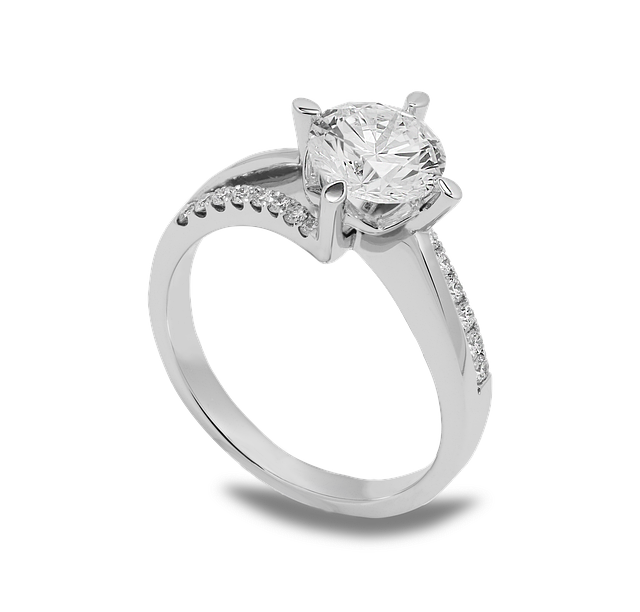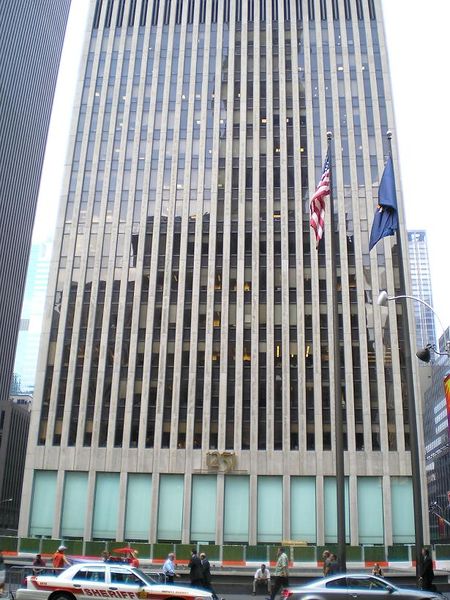Urban grazing, which involves using sheep and goats to manage green spaces in cities, is emerging as an innovative and eco-friendly business model. This trend is gaining traction across the United States, with cities like Nashville and Santa Barbara leading the way.

The Nashville Chew Crew, managed by urban shepherd Zach Richardson, highlights the potential of this business opportunity. The company grazes sheep on approximately 150 acres of city property annually, including historic sites like Fort Negley and Nashville City Cemetery. This method proves to be more cost-effective and environmentally sustainable than traditional landscaping techniques. Additionally, urban grazing creates a unique attraction for residents and tourists, enhancing community engagement and potentially boosting local tourism.
The benefits of urban grazing extend beyond mere lawn maintenance. It addresses various land management concerns, including control of invasive species, protection of native vegetation and animal habitats, maintenance of historic sites, and even reduction of wildfire risks.
In Santa Barbara, California, urban grazing has been successfully implemented for about seven years as part of a wildfire prevention strategy. The city’s Parks and Recreation Department deploys sheep to graze approximately 15 acres of open space across four City park properties. This approach not only reduces wildfire risk but also maintains defensible space between homes and parkland, protects infrastructure, and provides safe access routes for firefighting. The community’s positive response to the grazing sheep has made it an effective tool for public engagement and education about land management
For entrepreneurs, this business model requires minimal equipment compared to traditional landscaping services. However, it does demand specialized knowledge in animal husbandry and land management. Additionally, business owners must also consider essential factors such as livestock guardian dogs for flock protection and proper fencing to contain the animals. As cities increasingly prioritize sustainable practices, urban grazing presents a promising business opportunity for those looking to blend agriculture with urban land management.


